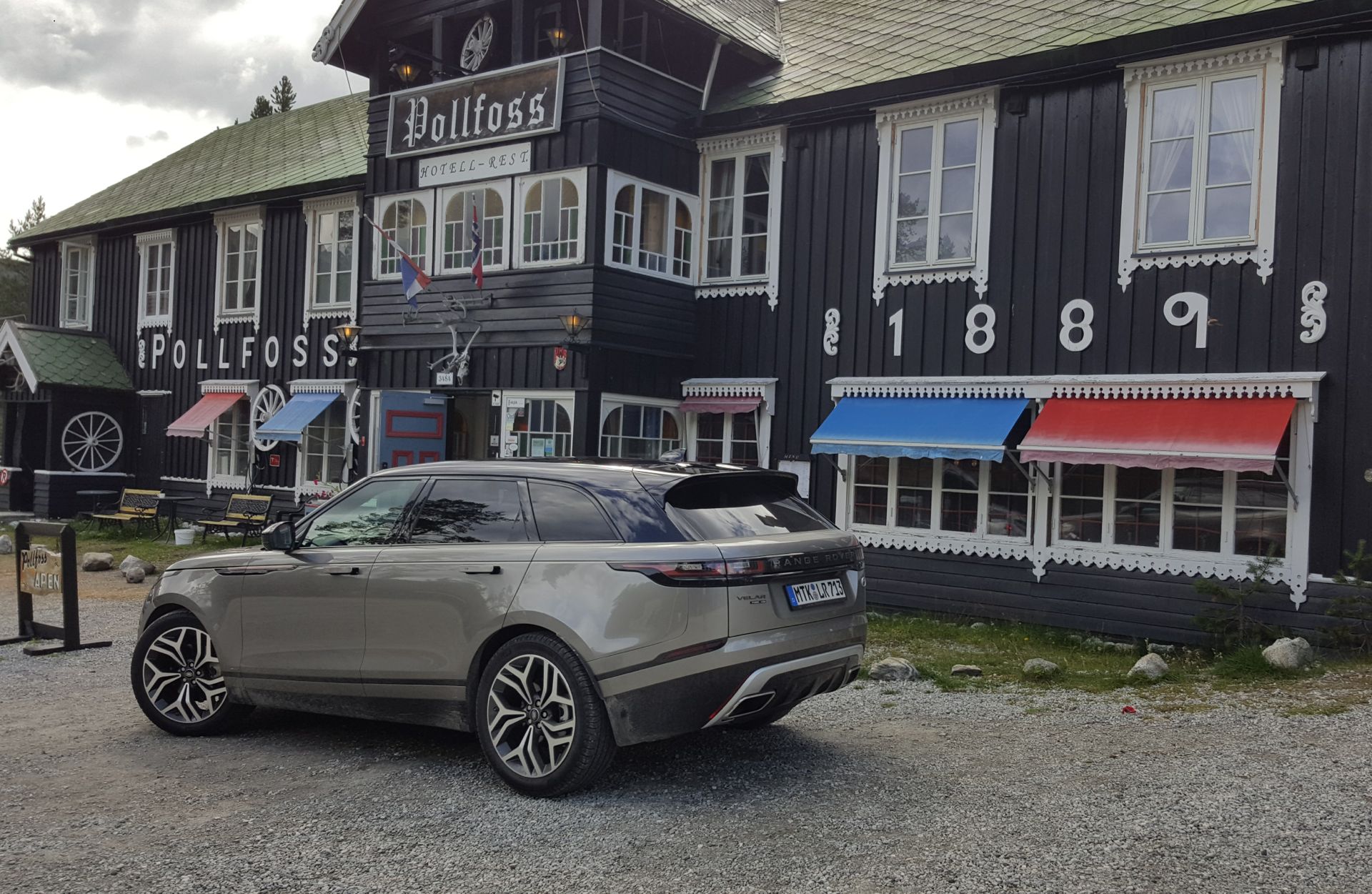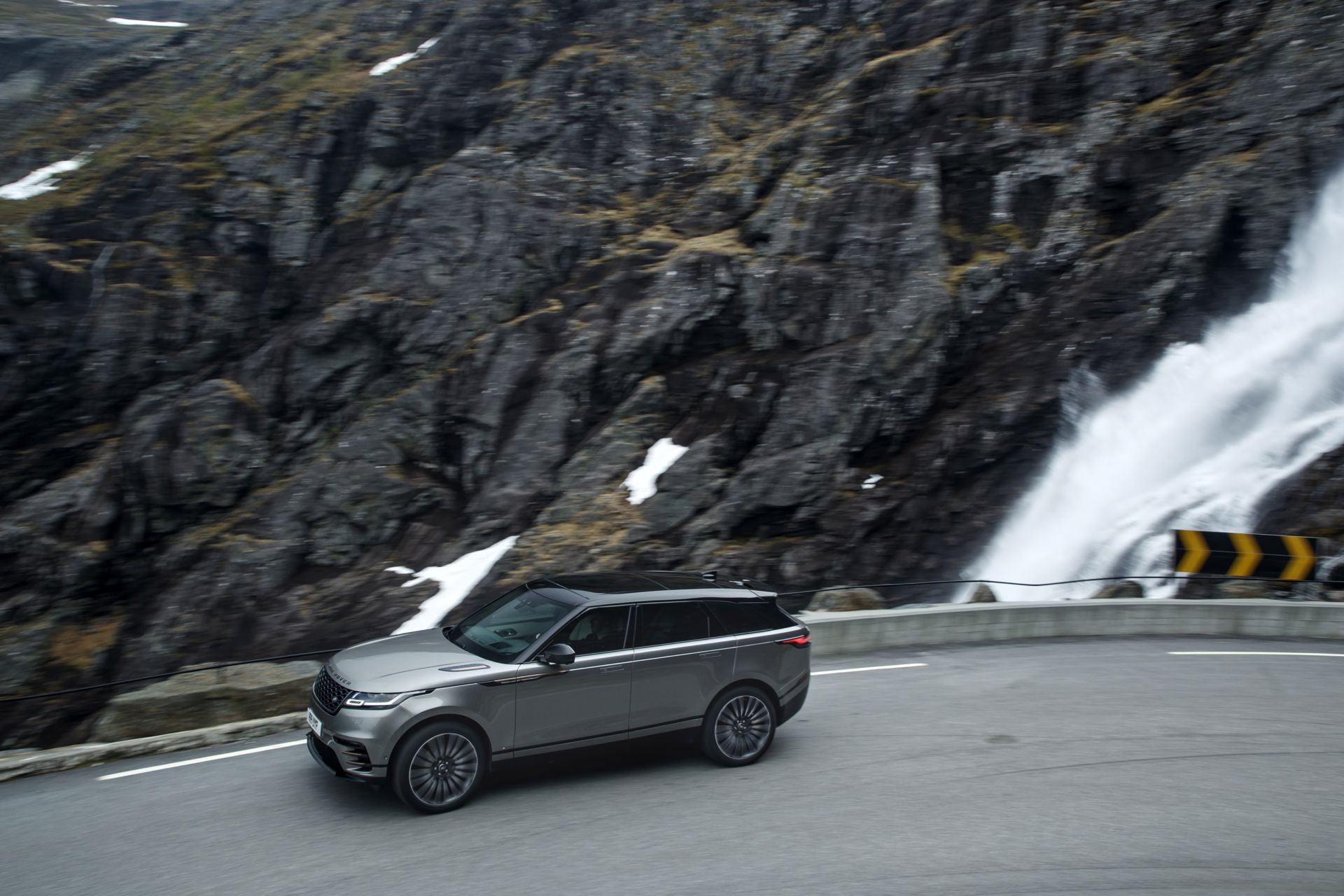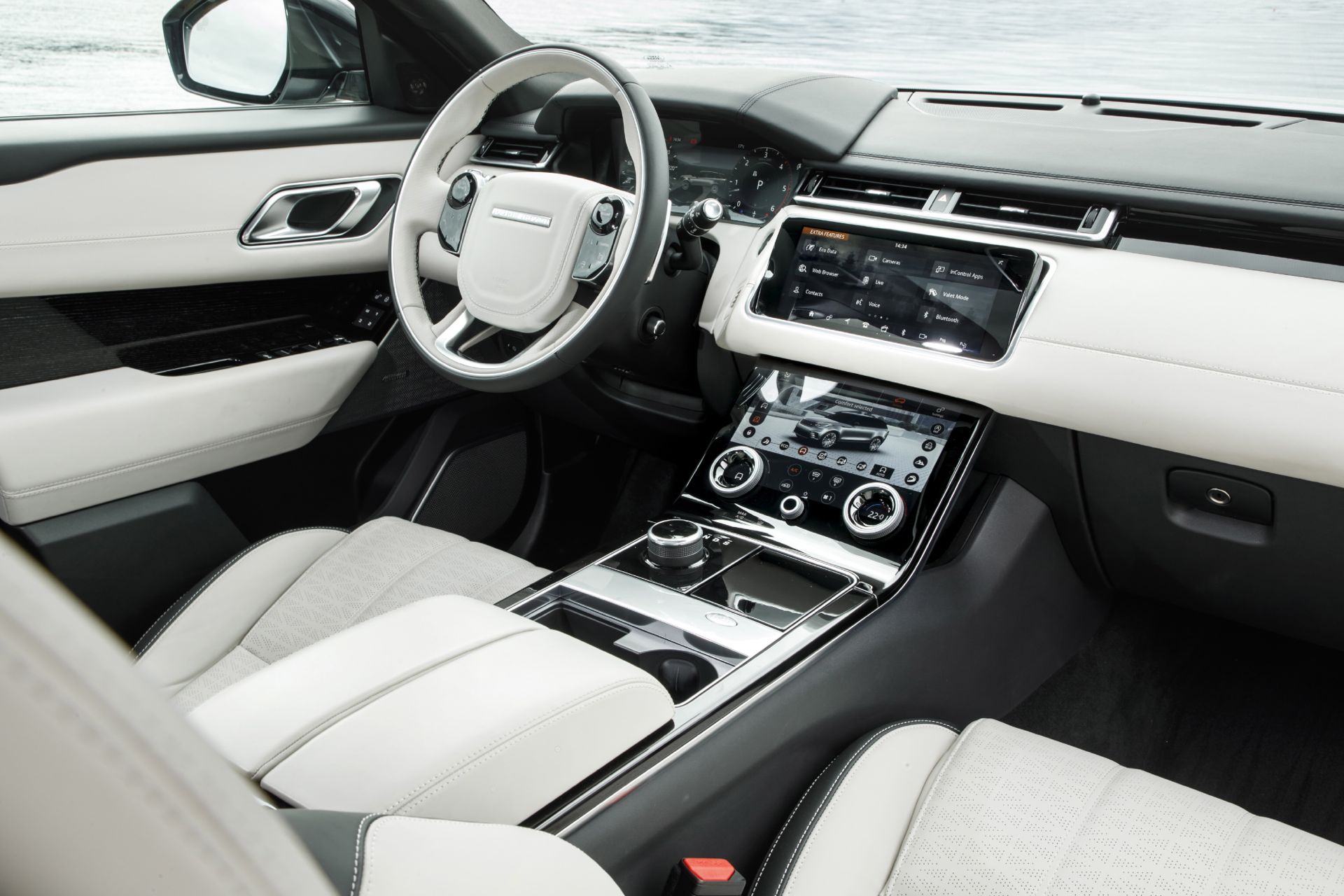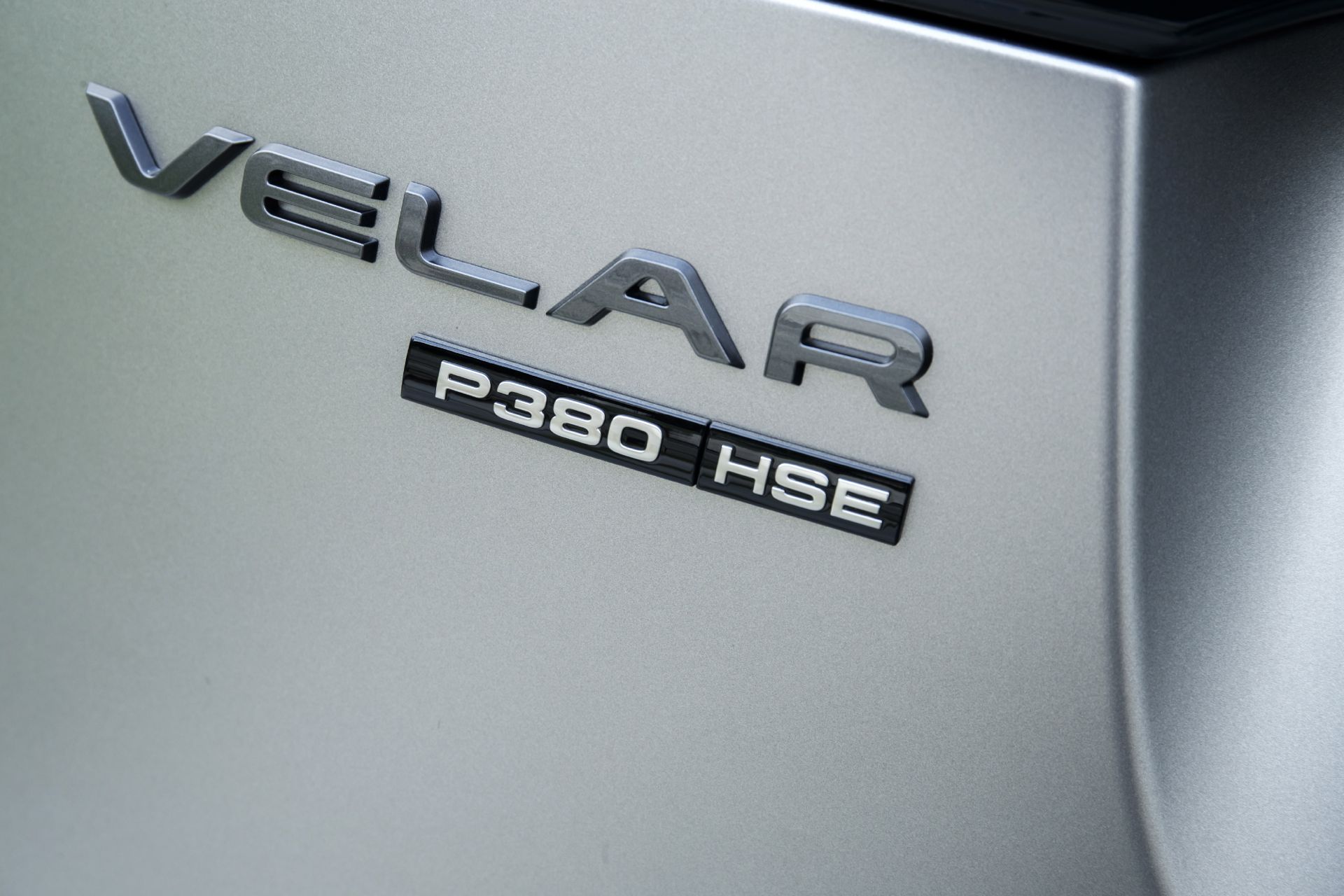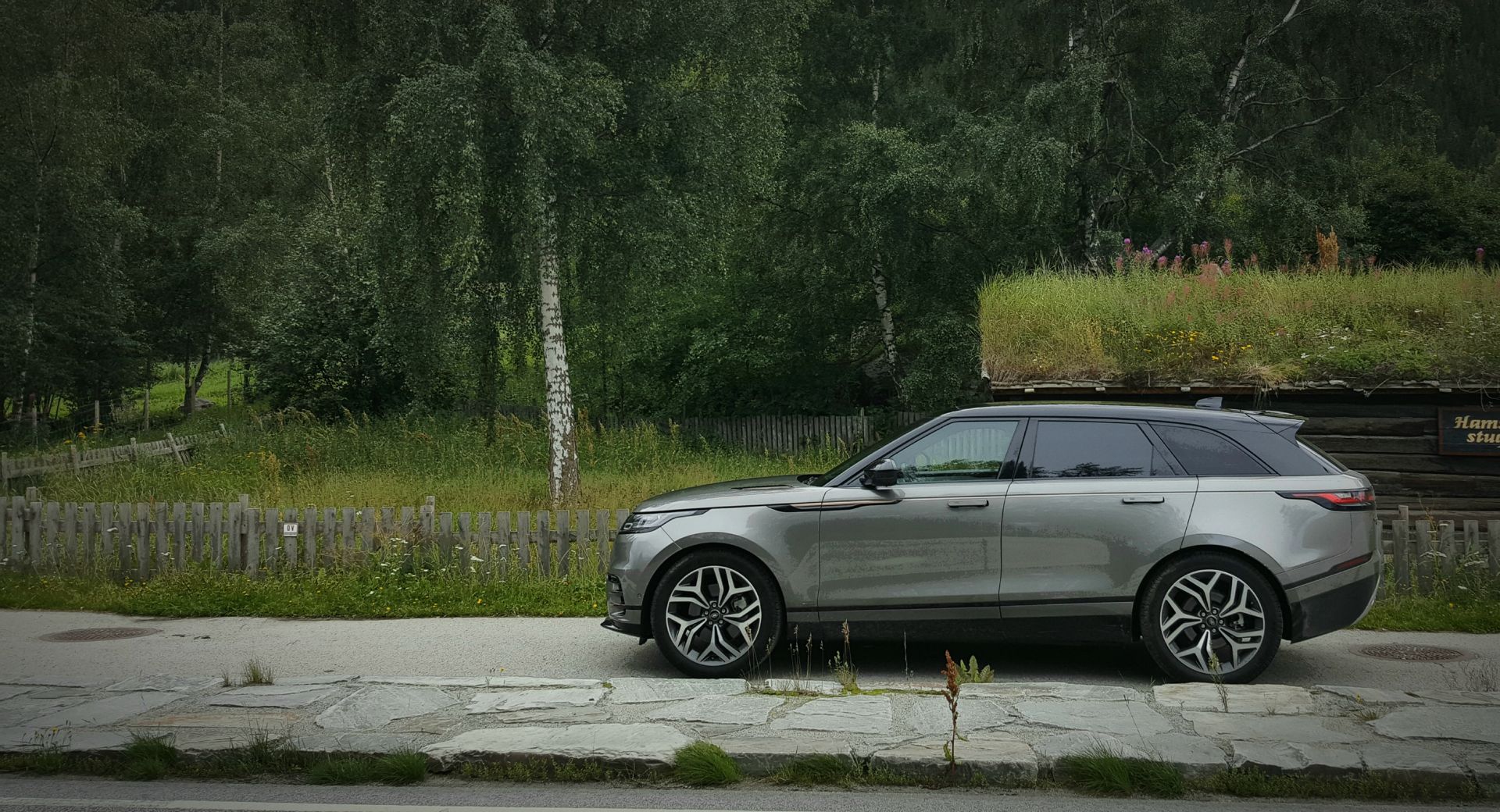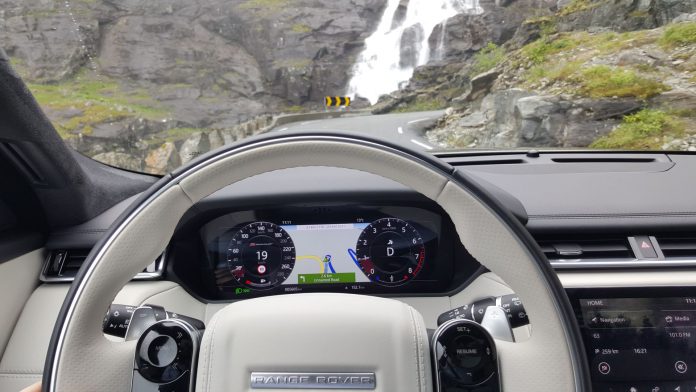One of my favourite automotive advertisements, from around 1990, comes from Land Rover’s North American operations. It shows a Range Rover overlooking a vast oil field. And the copy says: “Some of our owners still check their own oil.”
The not-so-subtle arrogance of this ad reflects the superior demographics of Range Rover’s customer base, an asset that the brand has managed to preserve to this day. But since then, Land Rover has added several downmarket models – including the aggressive Range Rover Sport and the entry-level Range Rover Evoque, which is loosely based on the Ford EUCD platform. A few years ago, the brand figured that the gap between the Evoque and the Sport is big enough for another model – tailored to aspirational customers moving upwards from the Evoque.
This gap is now filled by the new Range Rover Velar, a vehile that has been considered a highlight of the most recent auto shows, reminiscent of a concept more than a production car. 480 cm long, 193 cm wide and 167 cm tall, is is based on the architecture of the Jaguar F-Pace. But it is far more than a rebody of the Jag: Unlike its sister model, the Velar is fitted with an air suspension and a less sporty front axle designed for off-roading. These changes reflect the different purpuse of the Velar: Consistent with its brand heritage, is designed to be an ultra-capable off-roader rather than a sports car in disguise.
The Velar is powered by a selection of four- and six-cylinder diesel and petrol engines, all of them fitted with a ZF-sourced 8-speed automatic transmission. We tested the top-of-the-line First Edition model, powered by a supercharged 3.0-liter V-6 that produces a remarkable 380 horsepower. Maximum torque is rated at 450 Nm. The top-level alternative is a 300-horsepower and 700-Nm 3.0-liter V-6 turbodiesel, an engine that might fit the character of the Velar perfectly. As to the petrol engine, we are not so sure. The numbers are convincing: 0-100 kph in 5.7 seconds, top speed is 250 kph. But subjectively, it is somewhat lacking: The sound of the engine conveys little excitement. Efficient it is: We came out at just over liters per 100 kilometers.
You can switch between different driving modes, and we highly recommend choosing “dynamic” mode: Unlike Comfort mode, it keeps the Velar sufficiently tight, without turning it into an excessively sporty vehicle. You wouldn’t chase a sports car with it – or a Jaguar F-Pace, for that matter.
It’s far better to focus on what is perhaps one of the most futuristic and luxurious interiors in the market. Inside, the Velar is extremely purist, with clean lines and high-class materials. Start it up, and the central screen electrically tilts towards the passengers. The infotainment system is operated via touch-sensitive screens. The patterns and decor are extremely tasteful. T,he Velar is a quiet and tranquil capsule that will get you from A to B in utmost style.
Speaking of which, the First Edition is almost over the top: It comes with all conceivable bells and whistles – and this includes rose gold accents reminiscent of the limited edition of the Evoque that was designed with input from Victoria Beckham in 2012. You can’t get them on any other Velar. Our recommendation: Skip the First Edition, go for the V6 diesel, choos to the standard exterior which looks even cleaner than the R-Design version – and spec the awesome interior to the max. In case it’s on your list of chores, it’ll be the ideal vehicle to check your own oil.





